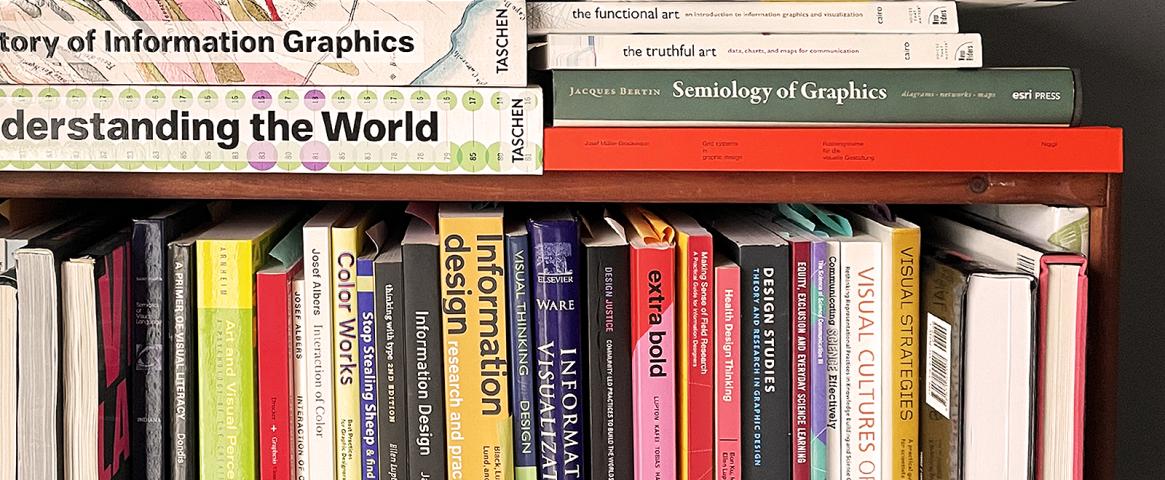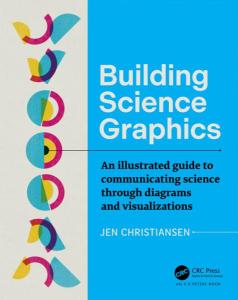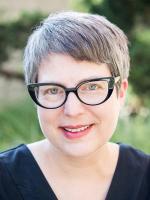
Jen Christiansen—Building Science Graphics: An Illustrated Guide to Communicating Science through Diagrams and Visualizations
AN ILLUSTRATED GUIDE TO COMMUNICATING SCIENCE
THROUGH DIAGRAMS AND VISUALIZATIONS
Jen Christiansen
A K Peters/CRC Press, December 20, 2022
Hardback ISBN: 9781032109404, $100
Paperback ISBN: 9781032106748, $49.95
ebook ISBN: 9781003217817
Christiansen reports:
An editor familiar with my conference presentations, work as a graphics editor at Scientific American, and Twitter feed, emailed to ask if I had ever thought about writing a book. I had. But the timing never seemed right. And the timing still wasn’t great. But I couldn’t pass up on the opportunity to work with this editor, Alberto Cairo. Alberto’s book The Functional Art remains one of my favorites. So I jumped in.
I wrote this book so that I’d finally have a comprehensive reference to recommend to students and scientists who ask me how to create more considered diagrams and visualizations. I also wrote it for designers, illustrators, and visual journalists struggling with how to approach content rooted in science and for science communicators of all types looking to bolster their knowledge of the practice of creating explanatory graphics.My content plan flowed naturally from topics I had spent the past two decades crafting into presentations. After the proposal passed peer review. I signed a contract, then dove into additional research that included interviews with information designers and scientists to talk about their graphics-building routines and collaboration experiences.
Securing rights to reprint more than 160 illustrations from other artists was a huge lift. I initiated that process early on. While waiting for permissions to clear, I began preparing 100 of my own images for layout. I wish I had started with the publisher’s spreadsheet instead of setting up my own. I eventually had to transfer permission details into the official form, which was a bigger time-sink than I expected.
CRC Press allowed me to design and typeset my own book. That was a critical condition for me. I wanted the book to reflect the design concepts described in the text.
Interest in science communication training is going up. But most training materials focus on writing and oral presentations. Trainees need practical guides to communicating science through imagery. I found it fulfilling to develop a resource that will help fill the gap.
Contact info:
- Jen Christiansen, jen@jenchristiansen.com, https://www.jenchristiansen.com/
- Twitter: Twitter: @ChristiansenJen
- Mastodon:@ChristiansenJen
- LinkedIn: https://www.linkedin.com/in/jenchristiansen/
- Book: https://www.routledge.com/Building-Science-Graphics-An-Illustrated-Guide-to-Communicating-Science/Christiansen/p/book/9781032106748; https://www.buildingsciencegraphics.com/
NASW members: will your book be published soon? Take advantage of this opportunity for shameless self-promotion. Submit your report for Advance Copy.
Tell your fellow NASW members how you came up with the idea for your book, developed a proposal, found an agent and publisher, funded and conducted research, and put the book together. Include what you wish you had known before you began working on your book, or had done differently.
See https://www.nasw.org/advance-copy-submission-guidelines.
Review Advance Copy archives at https://www.nasw.org/member-article/advance-copy.
Thinking of writing a book? If you are a NASW member, you may access a list of more than 150 books and online resources to help you create your book proposal, find an agent and funding sources, negotiate your contract, learn about self-publishing, publicize and market your book, and more at https://www.nasw.org/article/write-book.
Send book info and questions about book publishing to Lynne Lamberg, NASW book editor, llamberg@nasw.org.
Follow @LynneLamberg on Twitter for news about science/medical books and writing.
Banner image adapted from original photo by Jen Christiansen. NASW members: share photos of your office bookshelves for use on other pages of the NASW website. Upload photos to bit.ly/naswpicsubmit
Advance Copy
The path from idea to book may take myriad routes. The Advance Copy column, started in 2000 by NASW volunteer book editor Lynne Lamberg, features NASW authors telling the stories behind their books. Authors are asked to report how they got their idea, honed it into a proposal, found an agent and a publisher, funded and conducted their research, and organized their writing process. They also are asked to share what they wish they’d known when they started or would do differently next time, and what advice they can offer aspiring authors. Lamberg edits the authors’ answers to produce the Advance Copy reports.
NASW members: Will your book be published soon? Visit www.nasw.org/advance-copy-submission-guidelines for information on submitting your report.
Publication of NASW author reports in Advance Copy does not constitute NASW's endorsement of any publication or the ideas, values, or material contained within or espoused by authors or their books. We hope this column stimulates productive discussions on important topics now and in the future as both science and societies progress. We welcome your discussion in the comments section below.


